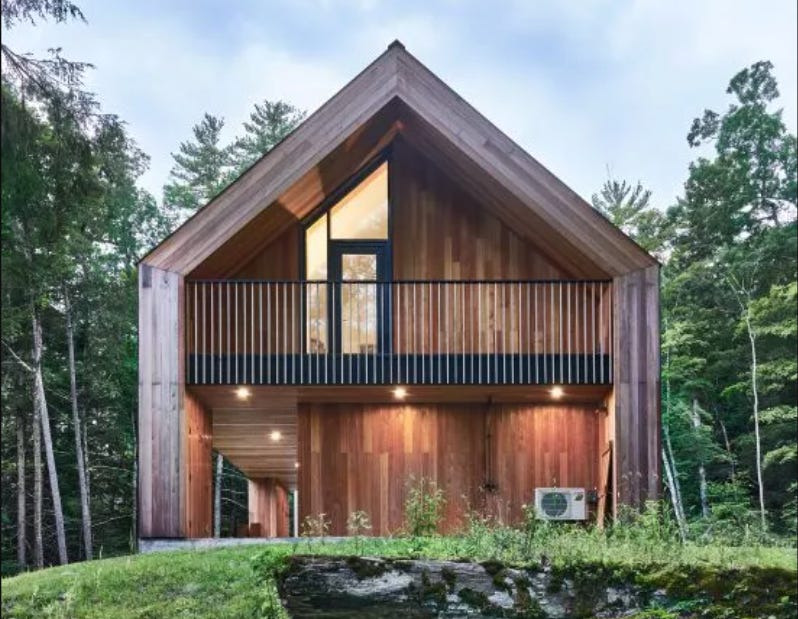You might have heard of Passivhaus or passive building design more generally. It’s an approach to designing energy efficient buildings that was pioneered in Canada and Germany. It’s become commonplace in northern and western Europe in recent years with high profile passive buildings winning major awards.
But if you try to export the German Passivhaus standard to a different climate zone, you quickly run into problems. This is what Katrin Klingenberg discovered when she designed her own passive home in Illinois, USA.
Now, 20 years later, Katrin is Executive Director of Phius, a non-profit organisation that sets climate-specific standards for passive building design in the USA and is working to mainstream this sustainable approach to building.
Katrin joined me for a podcast conversation on how our approach to design needs to change depending on the climate context - whether it’s a dry, desert climate, hot and humid or arctic (and everything in between). We also discussed how passive design fits in with the wider goal of net zero carbon by considering embodied carbon.
Listen to the episode on the links below:
Towards the end of the podcast we discuss how the passive design standards are becoming mainstream and which local governments are leading the way.
Have a listen and let me know what you thought about the episode.
If you haven’t already, make sure to subscribe to the newsletter to get notified of future episodes and exciting announcements.



